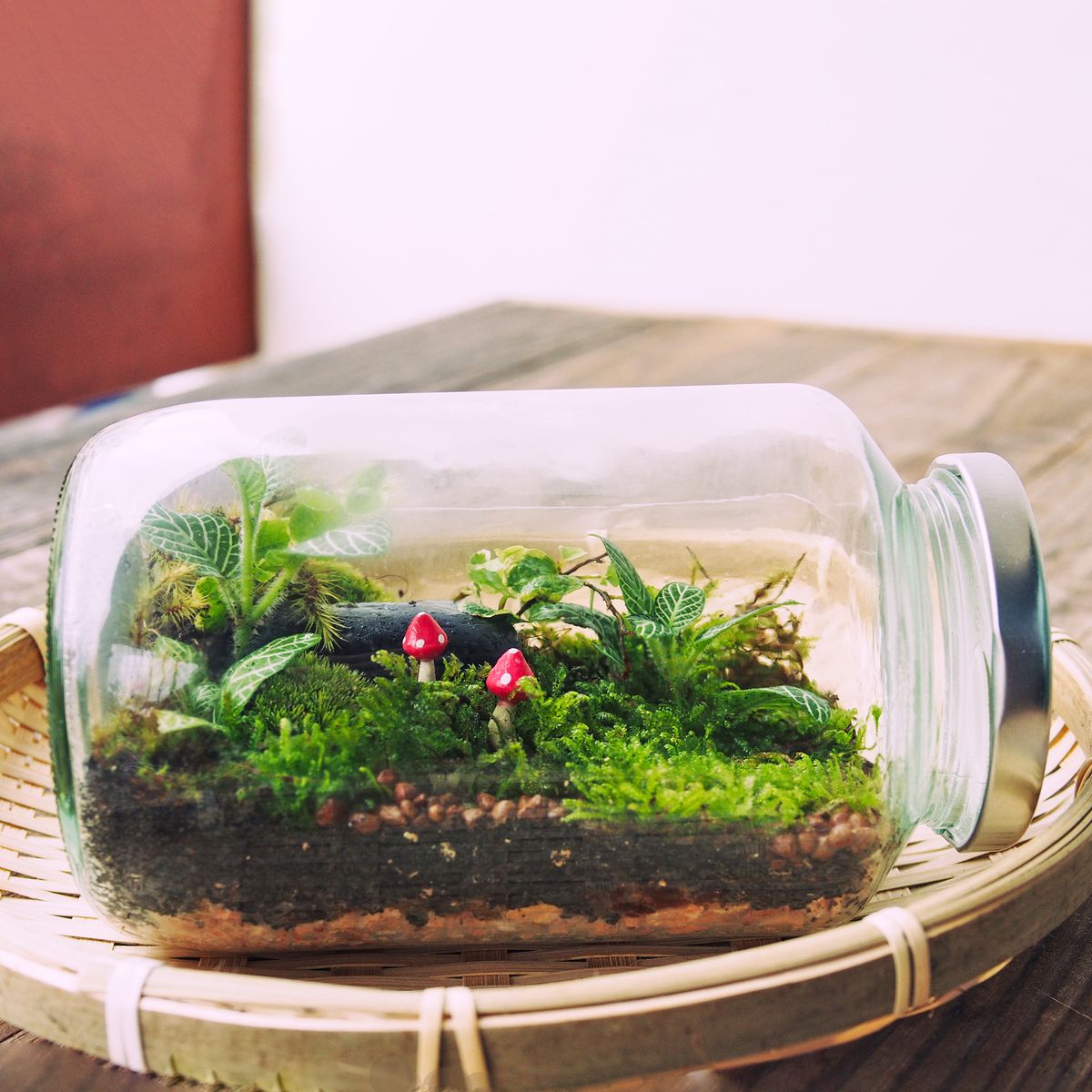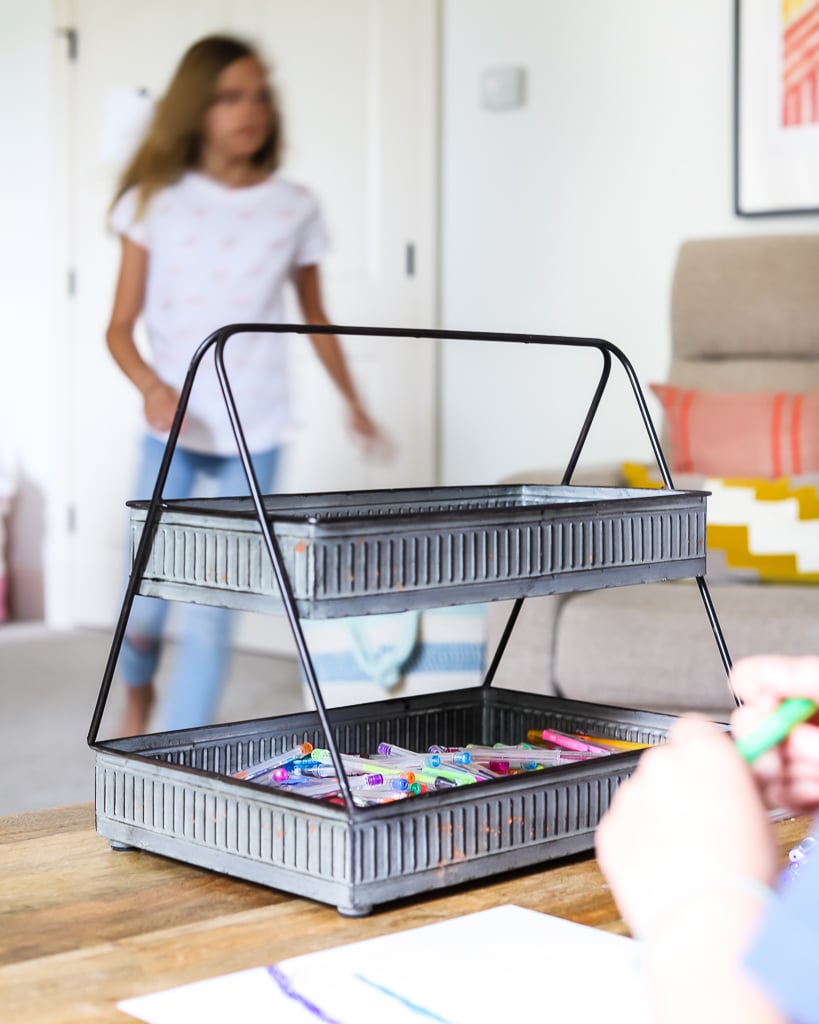Vegetable or herb gardening has become much more popular in the United States in the past 10 years. The focus has been on growing more flavorful, nutritious, and fresher produce than can be found in the local grocery store. Television cooking shows make our mouths water with fresh herbs, garden ripened tomatoes, spicy ethnic peppers and veggies of all kinds.
Growing your own produce with container gardening is easy and fun, as well as more flavorful for your cooking. To get started, just go through these basic steps:
- Choose a location. Ideal locations for kitchen gardening have some area of full sunshine for tomatoes, peppers, and other fruiting vegetables as well as some areas that may be shaded in the afternoon for annual herbs such as basil and dill. Lettuces and other greens thrive where midday heat is blocked by trees or large plants and herbs love the drainage that a raised bed provides. Soil conditions do not have to be perfect but good draining areas are always best and having your garden near the kitchen encourages you to harvest as you cook.
2. Plan a layout. Based upon what you think you will use the most, plan your kitchen garden with your needs in mind. When you are hungry is no time to plan your garden, just like at the grocery store there is a tendency to overdo. Try to grow just a few plants each of your favorite vegetables and herbs that you use most frequently. Avoid large items like watermelons and squashes, although they are easy to grow, you can be overrun with the size or quantity.
3. Organize the garden for working. Plan to have walkways and planting beds which are narrow enough for easily reaching to pick or pull weeds. Plan to have taller plants towards the back and shorter plants towards the front. Make sure your hose can reach all areas of the garden and avoid tree roots and other obstructions.
4. Work the soil. Adding compost is the most important thing you can do for your garden. Composted manure or leaves will add organic material which breaks down and improves the texture and nutrient content of your soil. The hard compacted ground will stunt root growth and prevent growth above ground as well. Rototillers and digging forks are the best for breaking up hard-packed soil. Soil testing is necessary as Lime may be needed to correct the Ph in areas with heavy rainfall.
5. Containers can be great gardens. If you are limited on space or mobility, use large containers and plant combinations of herbs, vegetables and strawberries. Use deep containers for best results and always add compost to the potting soil you buy. Regular potting soil was designed for commercial greenhouses that water daily, adding compost helps retain water and nutrients for the roots. Organic or slow-release fertilizers also help with keeping you from having to feed your containers weekly. Make sure you allow enough room for each plant to grow to about 2/3 of its normal size in a garden.
6. Plant good plants at the correct time. Make sure you are planting everything at the proper time for your area. Last frost dates are guidelines for tender vegetables such as tomatoes and peppers, but many cool-season plants do best while nights are still nippy and cool. Herbs can be planted early but most will do best as the soil warms up in late spring. Basil is very cold tender and will not grow at all if night temps are below 42. Choosing healthy plants at their peak is key to good results.
7. Do not overwater or overfeed. If rainfall is regular (about every week or so) it may never be necessary to water.If you are having a very dry season or your area does not get much rainfall, use slow deep waterings of about 1 hour with a trickling hose or drip irrigation to get the water down deep. This will get the roots down low and provide a good strong root system.
Feeding should always be done with the motto that less is more. When plants are stressed from extreme heat or drought, feeding will not help them. Bugs may attack plants that are stressed but again, feeding does nothing to help. If you are not concerned with growing a 20-pound tomato, do not use quick feeds such as Miracle-Gro. The best feed is an organic type which will slowly break down and feed as the plant requires it. A schedule of feeding every 6 weeks should be plenty.
8. Harvest frequently. Spend time with your garden and see what is happening to the plants on a daily basis if possible.It does them good and it is good for you too! Picking fruits and herbs often stimulates new growth and makes everyone happy.
9.Add a little more every year. Experiment with something new each season and try adding fruits or nuts, Asian or Italian types of produce such as Lemon grass or Arugula and spice up your kitchen garden for the best flavor possible.
Remember that no one is more of an expert than you are about the plants that you grow. Watching their progress will help you to understand their needs and the environment around them. Just because a bug is spotted in the garden, doesn’t mean that a catastrophe has occurred, there is likely a larger bug around the corner that wants to eat him! Always spray food plants with caution and make sure the product is approved for vegetables, don’t use Raid on something you are planning to eat. There are many organic type pesticides which are very safe not only for you but for those good bugs too.
Compost is the key to good garden soil and Mulch is a nice blanket that protects plants and keeps their roots moist and cool. For the best success, always add both every season to your garden beds and clean out debris to prevent bad insects from moving in to stay.
Whether you plant a large kitchen garden or a small container garden, everyone can find room for a few vegetables which add so much to our lives.
Tasteful Kitchen Garden Plan:
Steps to Planning your Garden
1.Locate North, South, East and West sides of your garden area and note which side the sun is directed at your plot. Make sure taller plants will not shade out shorter ones as they grow.
2. Crowd smaller plants together to prevent sunburn on fruit and give larger plants plenty of room to sprawl.
3. Make footpaths or walkways so you can reach your harvest, never walk around plant roots, it will compress the soil and make the roots suffocate and die. Paths can be dirt, wood, brick or just wood chips but using some type of path material helps to prevent weeds. Paths should be wide enough for you to walk comfortably, don’t make them too narrow.
| Plant Sizes: | Vegetables and Herbs |
| Small 6”-1 1/2’ wide: | Lettuce, Onions, Garlic, Annual Herbs*- Dill, Cilantro, Chives, Parsley & Arugula |
| Medium 1 1/2-2’ wide: | Peppers, Eggplant, Bush Beans |
| Large 2-3” wide: | Tomatoes, Tomatillo, Cucumbers, Squash, all kinds & some Basil varieties like Sweet Italian and Thai |
| Tall 5-6’ and Narrow 1’ wide or less: | Corn, Pole Beans, Peas |
| *Perennial Herbs such as Rosemary, Oregano, Marjoram, Sage and Thyme should be grown separately as their watering requirements are different than vegetables and they can grow several feet in just one season and may take over your garden. They grow best in a sunny well drained area or they can be grown in large containers in full sun. |
By Cindy Martin of The Tasteful Garden











